
When you think of vitamin E, chances are you’ve heard about using it topically on your skin. But did you know that vitamin E is actually an incredibly important nutrient used within the body for a variety of purposes? The problem with trying to get enough is that it can be tough to find because not a lot of foods contain it.
Vitamin E is a fat-soluble vitamin, so it’s best to eat vitamin E-containing foods with a fat source to help your body absorb and use the vitamin. “The recommended daily allowance of vitamin E for men and women is 15 mg. During lactation, women need 19 mg. People who smoke may have higher requirements, but no specific recommendations have been made,” says Sheli Msall, RD.
What are the health benefits of vitamin E?
One of the most important roles vitamin E plays in your body is as a powerful antioxidant, which means it protects your body from a variety of potentially damaging substances that you encounter in your day-to-day life. According to Msall, this includes free radicals that can enter the body from UV light and/or air pollution.
In addition to protecting your body from free radicals, vitamin E also helps promote cell health and improve cholesterol levels.
“Vitamin E may also affect cholesterol production, lower LDL cholesterol, reduce plaque buildup in arteries, suppress tumor growth, lower the risk of certain cancers, and lower the risk of coronary heart disease,” Msall says. And that’s not even all the benefits. Vitamin E can also promote eye health by preventing cataracts and age-related macular degeneration, help protect against iron toxicity, and help with blood sugar management, Msall says.
Now that you know all of the benefits of vitamin E, just how exactly can you make sure you’re getting enough?
Try to incorporate some of these 15 vitamin E foods, ranked from the least rich sources to the highest, into your diet.
Eggs
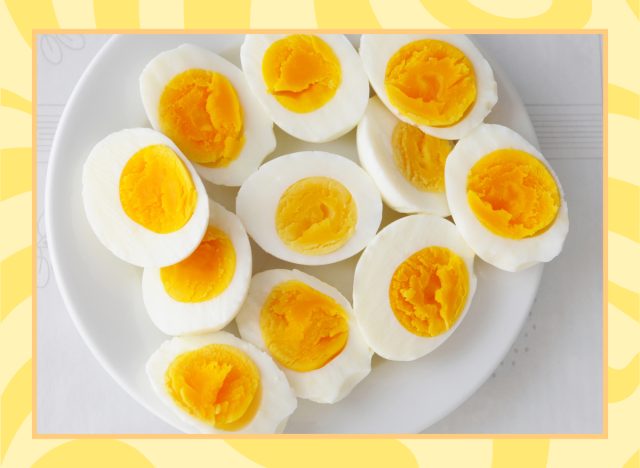
Vitamin E Content: Per 2 eggs, large: 1.05 milligrams, (7% DV)
Eggs may be simple, but they are packed with nutrition, so it’s not surprising that they contain 1.05 milligrams of vitamin E. In addition to vitamin E, eggs also contain protein, healthy fat, calcium, phosphorus, and vitamin D.
Avocado
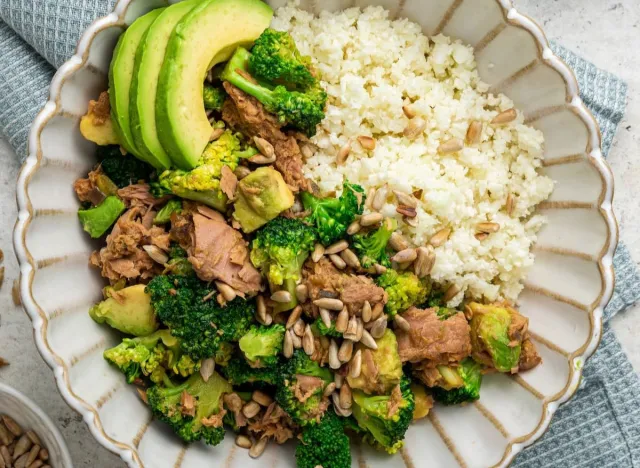
Vitamin E Content: Per ½ raw avocado: 1.34 milligrams, (8.9% DV)
Avocado is one of the most popular foods of the moment, and for good reason. Not only is avocado super tasty, but it contains a small amount of vitamin E, too. Try it smashed on toast, sliced with eggs, or even blended into a smoothie for an extra creamy and rich texture.
Broccoli
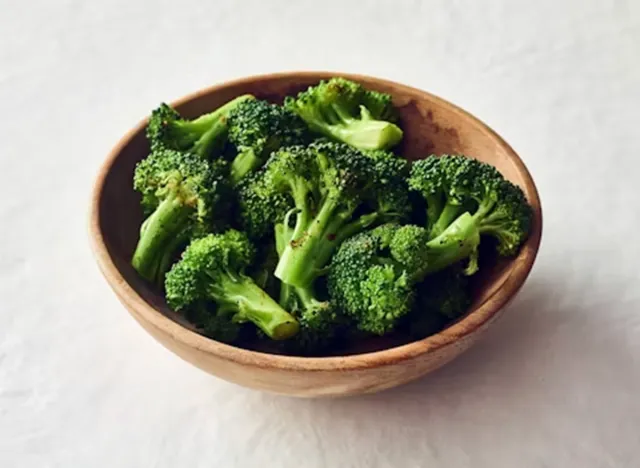
Vitamin E Content: Per 1 cup, boiled: 1.13 milligrams, (7.53% DV)
Do we need another reason to love broccoli? The green veggie in the cruciferous family is not only a great source of vitamins A and K, but it also contains 1.13 milligrams of vitamin E.
And broccoli doesn’t have to be boring (looking at you plain, steamed broccoli). Try roasting it with your favorite seasonings, tossing it in the air fryer, or chopping it and adding it into your favorite dishes.
Peanuts
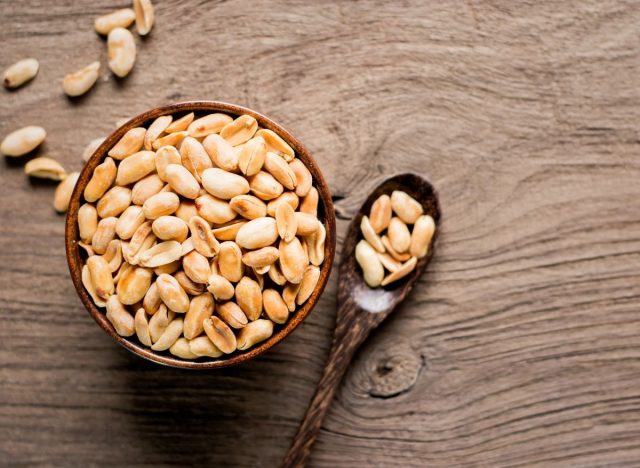
Vitamin E Content: Per 1 oz, dry roasted and salted: 1.4 milligrams, (9.3% DV)
Love to snack on roasted peanuts? Not only are peanuts a great source of protein and fiber, but they also have a decent amount of vitamin E. If you’re not a fan of eating peanuts on their own, try incorporating them into sauces or dishes. Thai peanut sauce, anyone?
Red Pepper
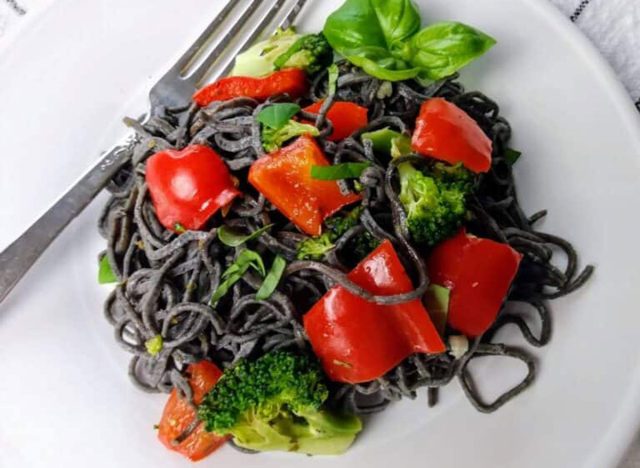
Vitamin E Content: Per 1 cup, raw: 2.35 milligrams, (15.6% DV)
Want a way to add some color and sweetness into your salads, snacks, and more? Try adding red bell peppers. They’re a great source of vitamin E, and they also contain vitamins A and C for an added nutritional boost.
Spinach
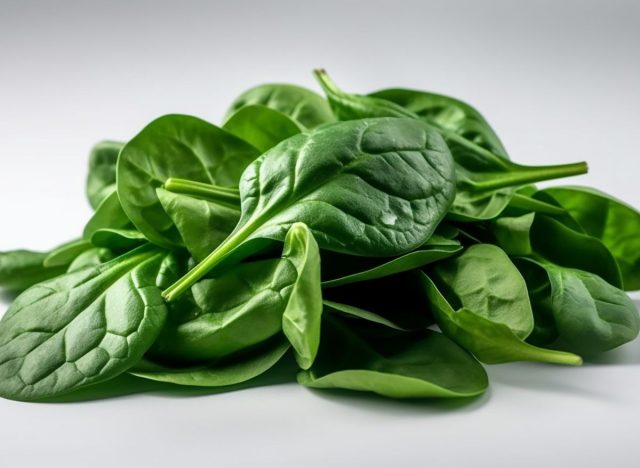
Vitamin E Content: Per ½ cup, boiled: 1.87 milligrams, (12.4% DV)
Spinach is one way to get your daily dose of greens, as well as 12.4% of your daily value of vitamin E in just one half of a cup. Cooked spinach can easily be added into a variety of dishes, including quiche, frittata, pasta, soups, and more. Even better, spinach is also a great source of vitamins A and K.
Peanut Butter
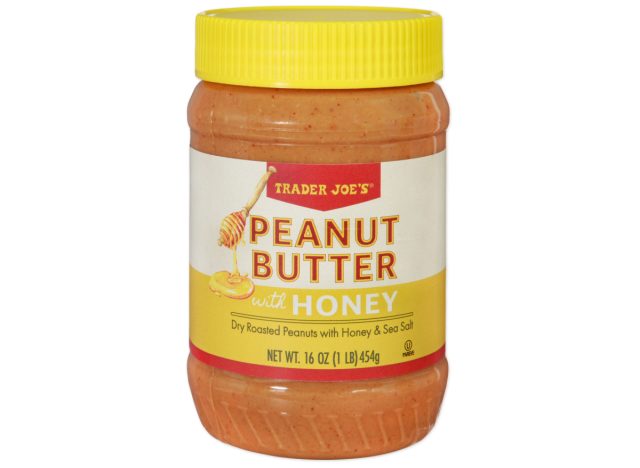
Vitamin E Content: Per 2 tbsp: 2.91 milligrams, (19.4% DV)
A peanut butter and jelly sandwich may be your go-to comfort food, but did you know that peanut butter is also a great source of vitamin E? Just one two-tablespoon serving gets you 19.4% of your daily value of vitamin E, plus seven grams of filling protein and almost two grams of fiber.
Hazelnuts
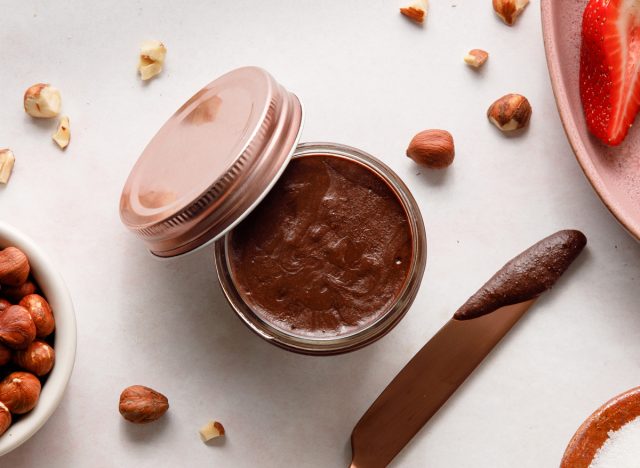
Vitamin E Content: Per 1 oz: 4.26 milligrams (28.4% DV)
Hazelnuts are not only a great source of vitamin E; they’re also a good source of protein, potassium, and folate. Even though hazelnuts are often used in festive recipes or desserts, they definitely deserve a spot in your trail mix or snack lineup. Hazelnut butter is also a tasty treat you can enjoy on fruit, crackers, and other snacks.
Eel
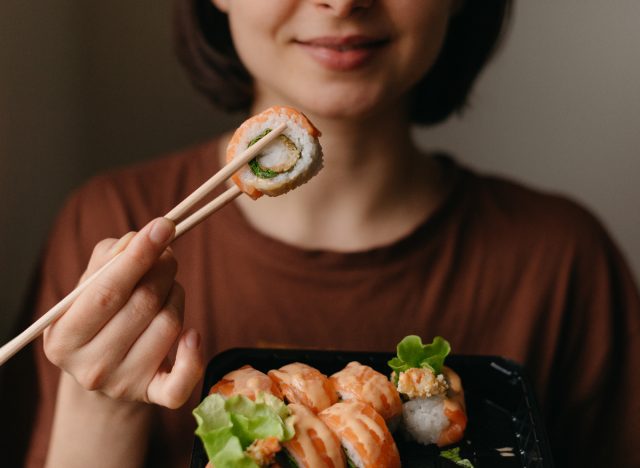
Vitamin E Content: Per 4 oz: 4.53 milligrams, (30.2% DV)
If you’re a fan of Japanese food or sushi, then chances are you’ve tried eel. If not, it might seem like a strange food to try. But don’t be too intimidated; the flavor is actually pretty subtle for seafood. And depending on how it’s cooked, eel can be a tasty and nutritious option.
Safflower Oil
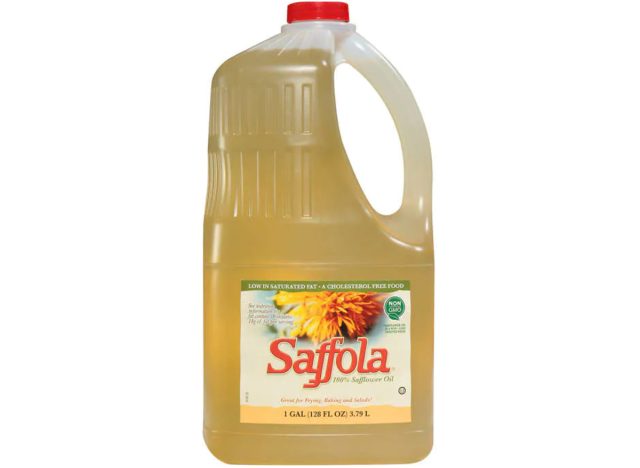
Vitamin E Content: Per 1 tbsp: 4.64 milligrams, (30.9% DV)
Safflower oil is another option for adding fat (and 30.9% of your daily value of vitamin E) to meals. The fat in safflower oil is mostly monounsaturated fat, which is the same type of fat found in olive oil.
Try drizzling safflower oil on salads or finished plates or use it to cook (at lower temperatures) like you would olive oil or another plant-based oil.
Sunflower Oil

Vitamin E Content: Per 1 tbsp: 5.59 milligrams (37.26% DV)
Sunflower oil is a decent source of vitamin E, in addition to fat. Sunflower oil is commonly used in prepared foods or packaged foods and salad dressings. It’s one oil option you can try to get closer to your daily vitamin E needs.
Almonds
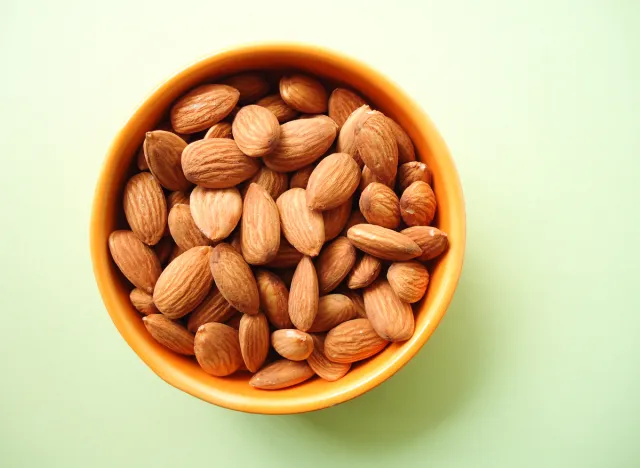
Vitamin E Content: Per 1 oz, dry roasted: 6.78 milligrams (45.2% DV)
Whole almonds don’t pack quite as much vitamin E in one serving as almond butter, but it comes pretty close. One serving will get you 6.78 mg of vitamin E, almost half of your recommended daily value.
Almonds are a great snack that’s easy to carry around on the go. Or slice or chop them and add them into salads, baked goods, or other foods for extra crunch.
Sunflower Seeds
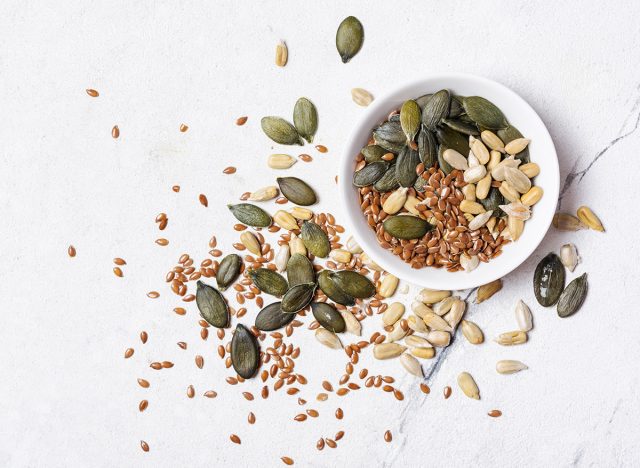
Vitamin E Content: Per 1 oz, dry roasted: 7.4 milligrams (49.3% DV)
Sunflower seeds add texture, crunch, and saltiness to so many different meals. And they make a great snack on their own, too. Just a one-ounce serving gets you 37% of your recommended daily value of vitamin E. Try them as a topper on salads or soups, or toss them into trail mix.
Almond Butter
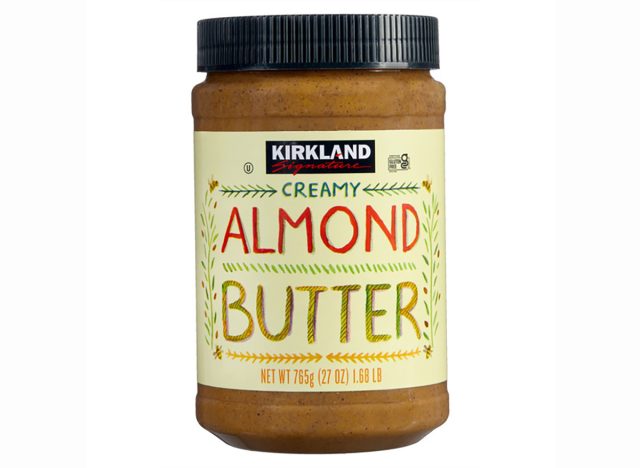
Vitamin E Content: Per 2 tbsp: 7.75 milligrams (51.6% DV)
Is there anything almond butter doesn’t make tastier? And, just one two-tablespoon serving packs over half of your day’s vitamin E needs. It also contains almost seven grams of protein and more than three grams of fiber, making this spread super nutritious and filling.
Wheat Germ Oil
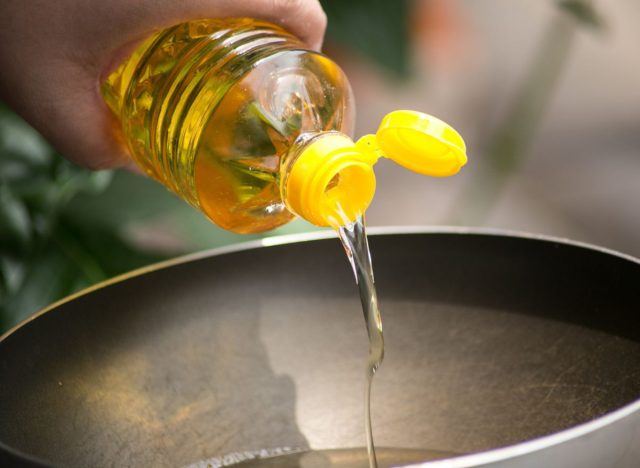
Vitamin E Content: Per 1 tablespoon: 20.32 milligrams (135% DV)
There’s more than 100% percent of your recommended daily value of vitamin E in just one tablespoon of wheat germ oil. Add it into a smoothie or other flavorful dishes, like soups or sauces, and you’ll never notice it’s there.
You might not hear about vitamin E as much as other vitamins, but it’s still a crucial part of a healthy diet. Fortunately, these 15 foods make it easy to incorporate vitamin E into your diet, and you can reap all of its nutritional benefits.